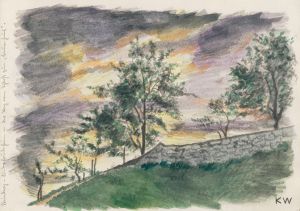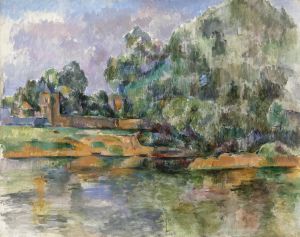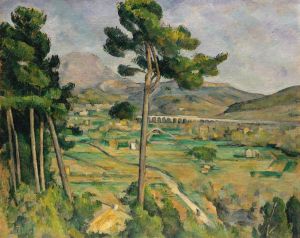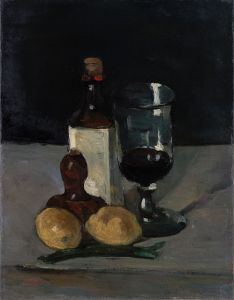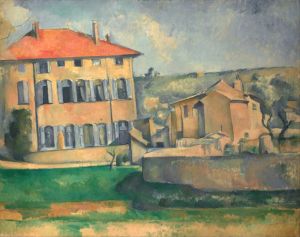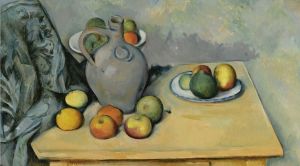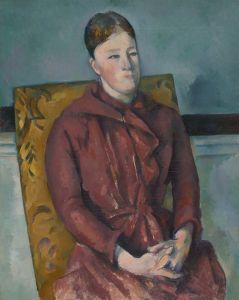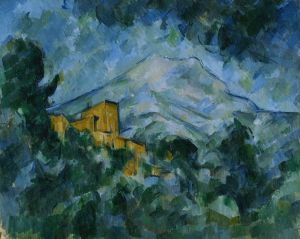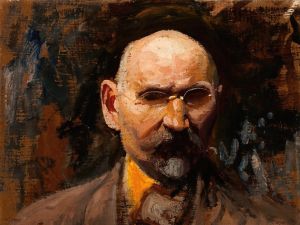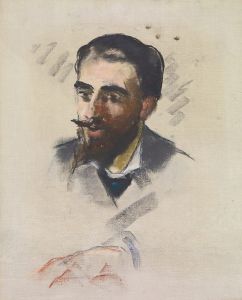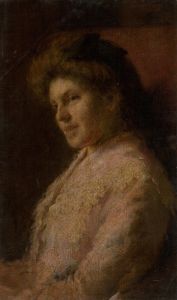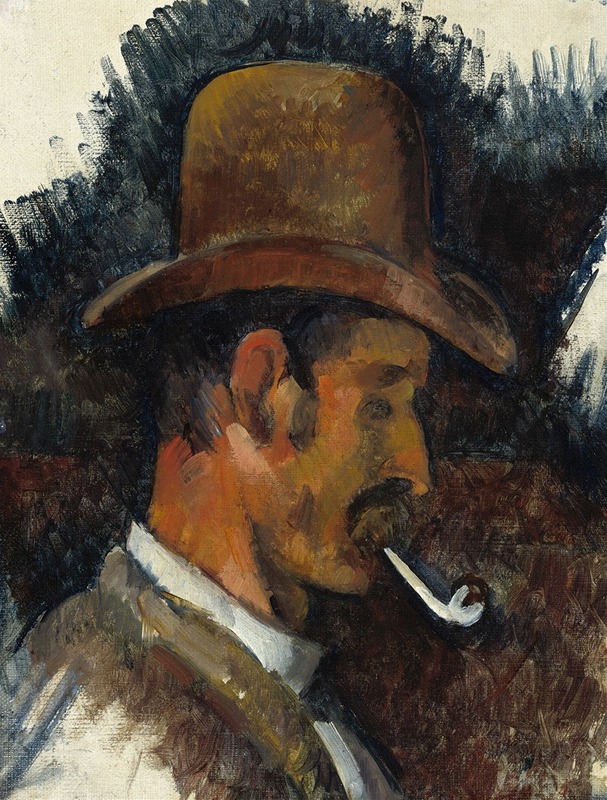
Man with Pipe
A hand-painted replica of Paul Cézanne’s masterpiece Man with Pipe, meticulously crafted by professional artists to capture the true essence of the original. Each piece is created with museum-quality canvas and rare mineral pigments, carefully painted by experienced artists with delicate brushstrokes and rich, layered colors to perfectly recreate the texture of the original artwork. Unlike machine-printed reproductions, this hand-painted version brings the painting to life, infused with the artist’s emotions and skill in every stroke. Whether for personal collection or home decoration, it instantly elevates the artistic atmosphere of any space.
"Man with Pipe" is a painting by the renowned French Post-Impressionist artist Paul Cézanne. Cézanne, who was born on January 19, 1839, in Aix-en-Provence, France, is often credited with laying the foundations for the transition from 19th-century artistic concepts to a new and radically different world of art in the 20th century. His work is characterized by a unique approach to form and color, which has influenced countless artists and movements, including Cubism and Fauvism.
"Man with Pipe" is one of Cézanne's many portraits, a genre he explored extensively alongside his more famous still lifes and landscapes. While specific details about the creation date of "Man with Pipe" are not widely documented, it is generally placed within the period of Cézanne's mature work, likely in the late 19th century. During this time, Cézanne was deeply engaged in exploring the complexities of human expression and form, often using his subjects to experiment with his evolving techniques.
The painting depicts a man holding a pipe, a common motif in art that often symbolizes contemplation or leisure. Cézanne's treatment of the subject reflects his interest in capturing the essence of his subjects through a careful study of their physical presence and the interplay of light and shadow. His brushwork in "Man with Pipe" is typical of his mature style, characterized by short, hatched brushstrokes that build up to create a sense of volume and structure.
Cézanne's approach to color in this painting is also noteworthy. He often used a limited palette, focusing on the relationships between colors to create depth and form. This technique is evident in "Man with Pipe," where the subtle gradations of color contribute to the overall harmony of the composition. The background and the figure are integrated through Cézanne's use of color, creating a cohesive image that draws the viewer's attention to the subject's contemplative expression.
The identity of the man in "Man with Pipe" is not definitively known, as Cézanne frequently used local villagers, friends, and family members as models for his portraits. This anonymity adds a universal quality to the painting, allowing viewers to focus on the formal elements and the emotional resonance of the work rather than the specifics of the sitter's identity.
Cézanne's influence on modern art cannot be overstated. His innovative approach to form and color challenged the conventions of his time and paved the way for future artistic developments. "Man with Pipe," like many of his works, exemplifies his commitment to exploring the underlying structure of the visible world and his belief in the enduring power of painting to convey complex human emotions.
Today, Cézanne's works, including "Man with Pipe," are celebrated for their profound impact on the art world. They are studied for their technical mastery and their role in shaping the course of modern art. Cézanne's legacy continues to inspire artists and art enthusiasts alike, ensuring his place as one of the pivotal figures in the history of art.





